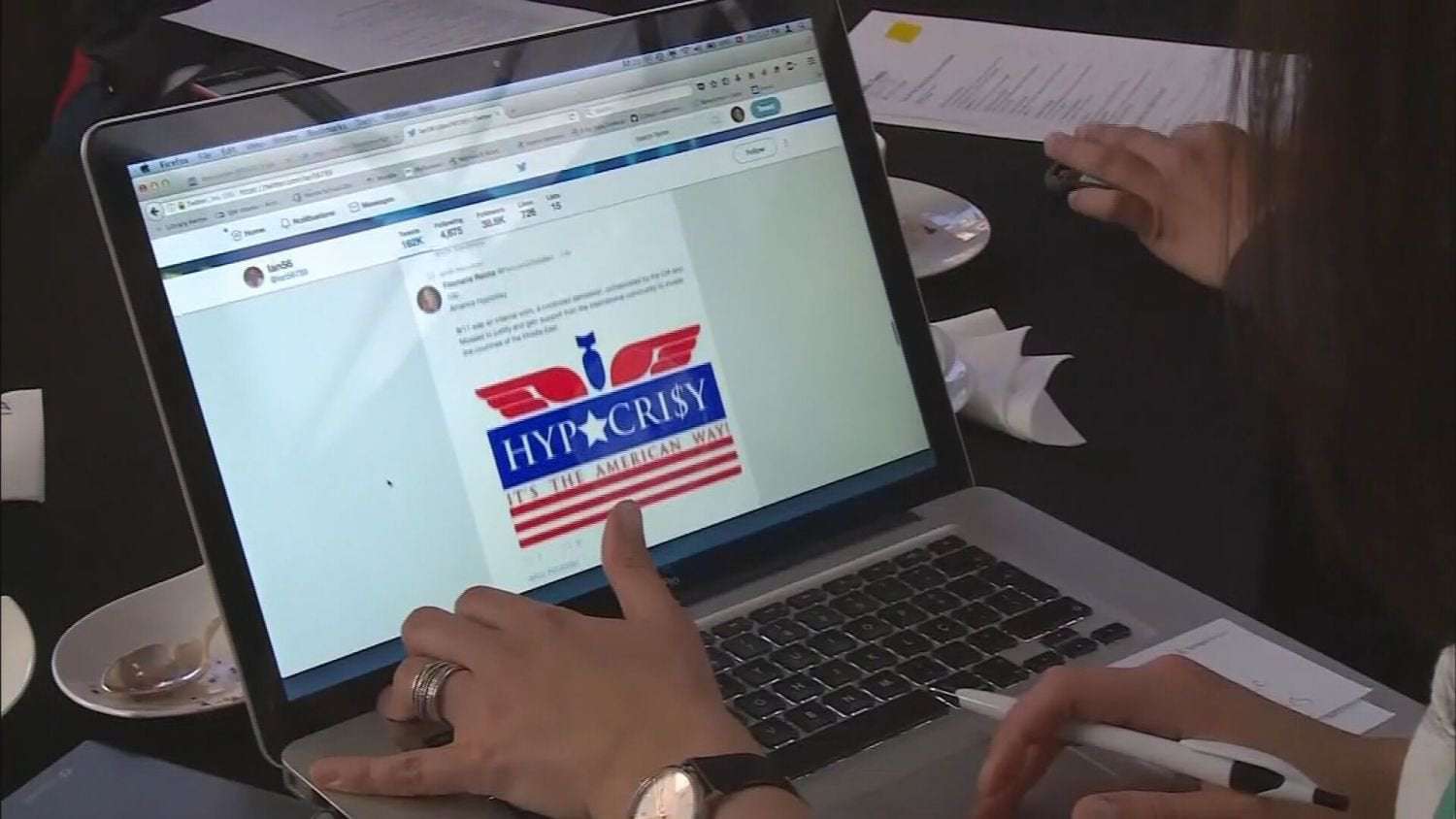DENVER (CBS4) – The internet has expanded kids’ access to information. Now, two state lawmakers want to help them identify misinformation and disinformation.
From Facebook and Twitter to blogs and apps, the information landscape is vast, and State Rep. Barbara McLachlan says facts can vary widely.
“Whenever somebody starts off a sentence with ‘I read somewhere that this happened,’ you think, ‘Wait a minute.’ I think we all need to be a little distrustful about where people are getting their information,” McLachlan said.
A school teacher-turned-state lawmaker, McLachlan says kids who consume news almost exclusively online are especially vulnerable. A study by Stanford University found 82 percent of middle school students can’t tell the difference between an online ad and a news story.
McLachlan and State Rep. Lisa Cutter are carrying a bill to improve media literacy among kids.
“We don’t want to teach kids what to think,” says Cutter. “We’re not taking a stand that one side is right and another is wrong, or one outlet is good and one outlet is bad. We just want to give them the tools so they can figure it out and understand what makes a credible source, and then they can form their own opinions about that information.”
The bill creates an online bank of media literacy resources in the Colorado Department of Education to help teachers incorporate media literacy in everyday curriculum.
“So it’s not like everybody stops and says ‘Okay, now we’re going to do a unit on media literacy,'” said McLachlan, “It’s every time you do a research paper, every time you’re having a discussion in class and you’re referring to an article or something on TV, that’s where media literacy will be taught.”
Cutter passed a law two years ago to establish a task force to study media literacy. The online bank of resources was compiled based on its recommendations.
Cutter says media literacy has never been more important.
“There are outside entities that are trying to sow distrust in public health, in vaccines. They’ve traced some of that to China, Russia with election meddling. So I absolutely, firmly believe this will lead to a healthier democracy and society,” she said.

Kitsune138 on February 9th, 2021 at 18:00 UTC »
My 8 yo just had a lesson last week where they compared sources answering the question “which are the better pets, dogs or cats”
They compared 2 letters to the editors, 2 fact sheets, & a page that listed which words “dog” “cat” etc. got the most Google search results and which pics got the most likes on FB & Instagram.
Then there were questions about sorting out which where facts, which were opinions, etc.
I was really pleased that they’re at least starting to introduce these ideas to kids!
SystemSquirrel on February 9th, 2021 at 14:25 UTC »
15 years ago I was taught how to tell credible books from non-credible. 10 years ago I was taught how to tell credible news stories from bullshit.
Do schools really not reach that anymore? It was a basic part of my english class, social studies, and even physics.
dorkycool on February 9th, 2021 at 14:10 UTC »
Since this is reddit and most people don't read the actual story before commenting, this is a quote from the story
They're teaching critical thinking, not which news sites are good and which are bad.